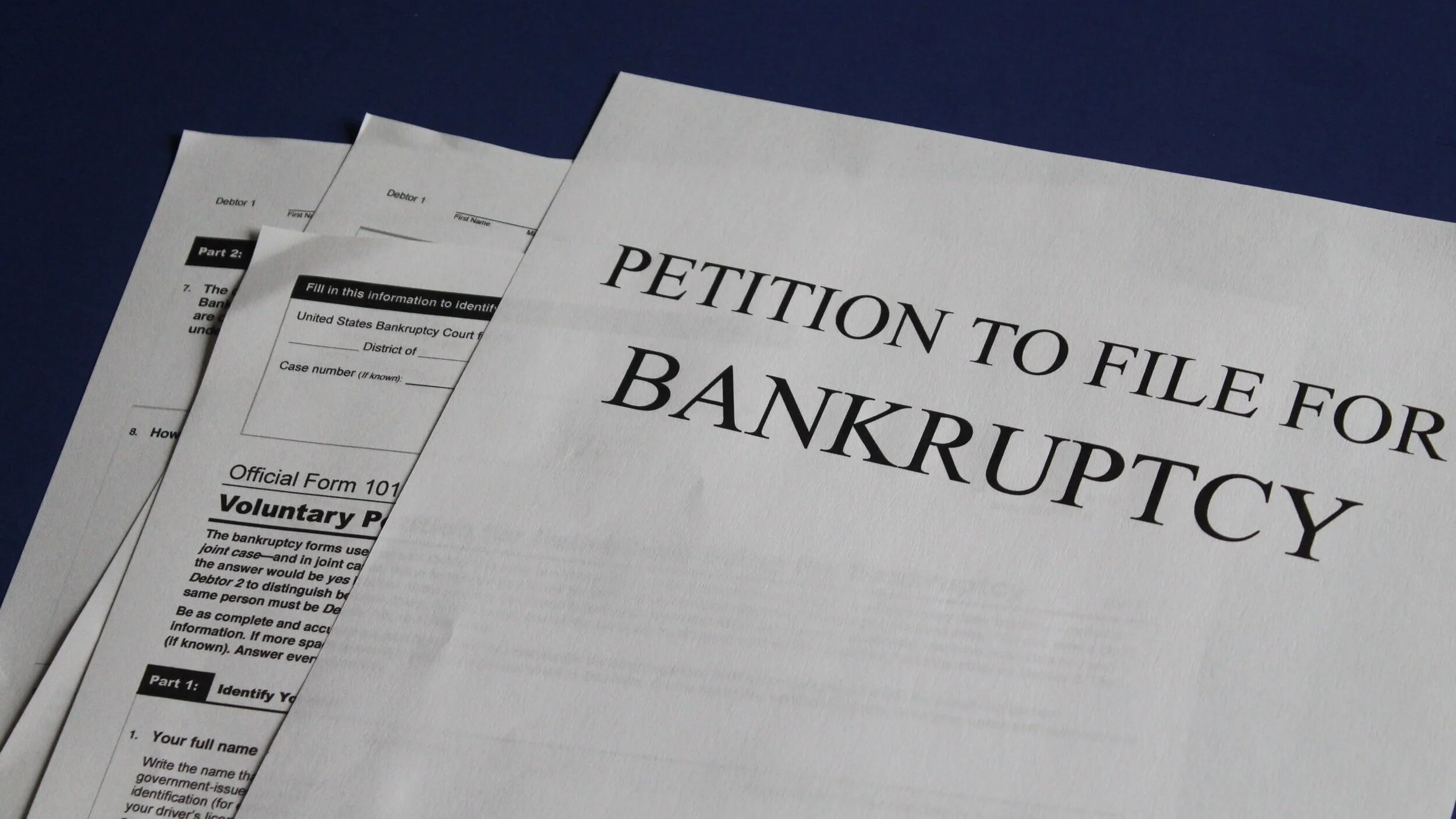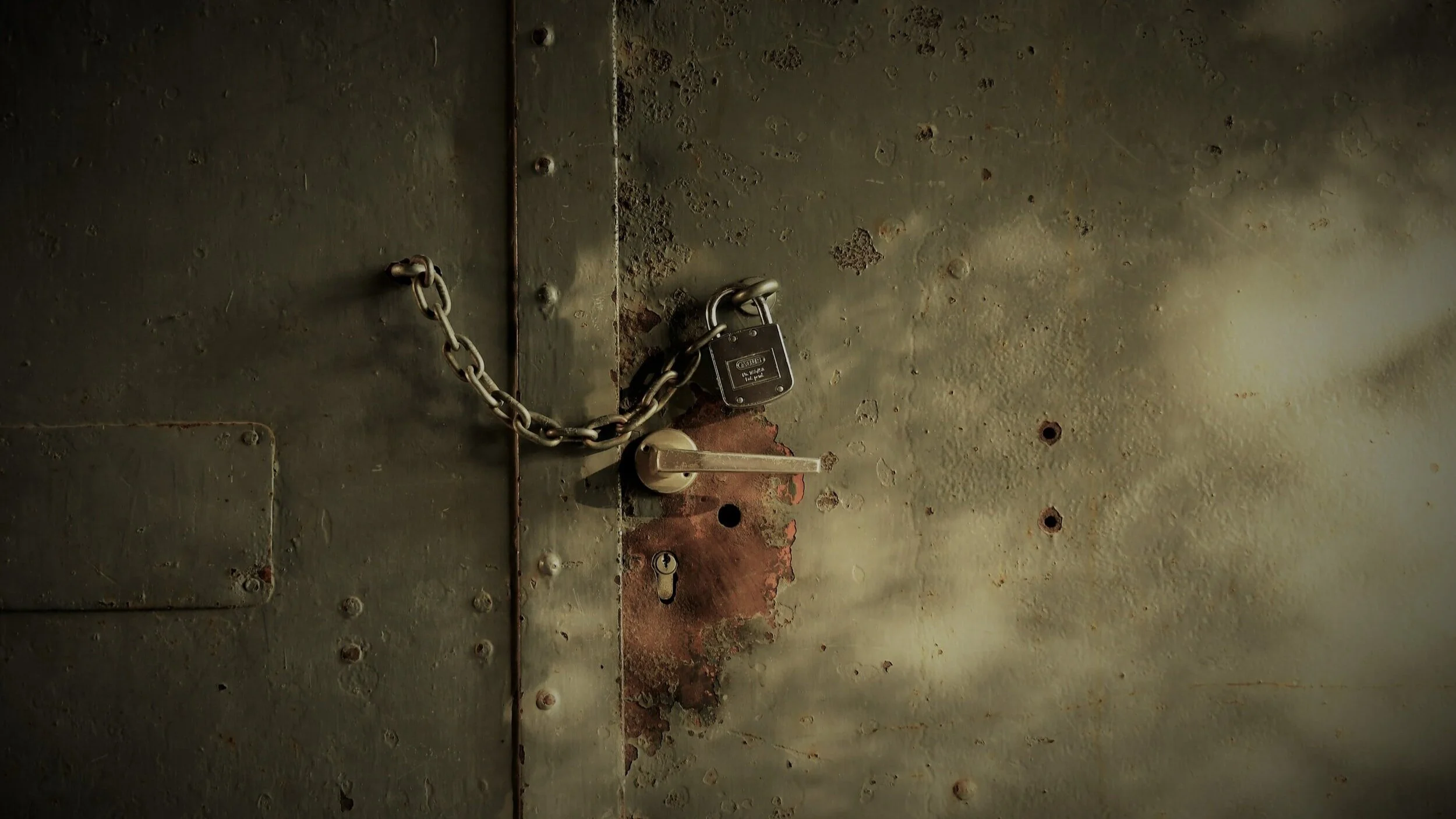The Impact of an Electrical Incident: Part 3 -The Financial Impact
When customers talk about how electrical incidents affect their organization, one of the items that always comes up is financial impact. Financials are a key factor in company success, longevity, and growth, and so they are understandably top of mind for many people. When looking at how electrical incidents affect an organization’s financials, there are many direct and indirect costs that need to be considered.
In writing this, we spoke with the Senior EHS Advisor at an Australian mining company. He has been with the company for over 10 years, and in his career he has investigated 108 fatalities and 220 fatal accidents. While there is a great deal of variance depending on the operations, his estimate based on the 200 investigations of fatalities and 1000s of injuries he had performed, was that catastrophic injuries and fatalities typically cost a minimum of $5,000,000 to the organization and sometimes upwards of $20,000,000 to $30,000,000.
Catastrophic injuries and fatalities typically cost a minimum of $5,000,000 to the organization and sometimes upwards of $20,000,000 to $30,000,000
The first financial cost that often comes to mind with any workplace incident is the insurance cost of the incident. OSHA estimates that the direct cost for any workplace incident involving time off is $40,000 (depending on the nature of the injury or illness). However, beyond the insurance costs associated with that specific worker, there can also be an increase in insurance costs for all employees in your company, meaning that your organization will see higher worker compensation costs in the long run. Year-over-year, this can greatly affect your organization’s finances.
After insurance, there is also the potential for legal services, fines, and medical benefits. An electrical incident in the workplace can be very costly from that perspective. For example, one company in Ontario, Canada was fined $150,000 after a fatal electrocution of an employee in 2019. Another Ontario company was fined $80,000 after an employee was critically injured in an electrical incident. An organization in Singapore was fined $200,000 after the death of an electrical worker. These costs can bankrupt an organization, especially if they are a smaller company.
In our conversation with the mining company’s Senior EHS Advisor, he stated that insurance payouts and payouts to families typically end up accumulating to between $250,000 and $2,000,000, which is a small percentage of the total cost.
When looking at the financial impact of an incident, the cost of administrative time in processing paperwork, liaising with officials, and other tasks will also need to be factored in. It takes time for all of these aspects to be handled but your HR, legal, or health and safety teams. Depending on the nature of the incident, there can also be the cost of repairing or replacing any equipment that was damaged. These costs can be very large, depending on the extent of the damage and what was affected.
When an electrical incident occurs, the entire business operation can be ordered to shut down for days or weeks as investigations or other proceedings take place. In the case of electrical fatalities, this time period is likely to be longer, but even non-fatal accidents can lead to temporary business closures. The mining company's Senior EHS Advisor also spoke to the fact that when an incident occurs, additional training for employees and managers can be mandated or recommended. This increases the revenue loss for the company.
As discussed in the previous post, an accident or fatality can have negative impacts on other employees’ mental health and stress. So the cost of the electrical incident to your organization can include the cost of bringing in outside professionals, such as grief counsellors or others trained in critical incident stress debriefing.
There are also financial ramifications if extended time off is required or if the incident is fatal, as the cost of training replacement workers has to be included. Even if you hire a well qualified replacement, there is still a cost to any new hire, such as the time it takes for your HR team to process the hire and the lower initial productivity that most new hires exhibit.
Even short gaps in staffing can have an impact. If the time off does not justify a replacement, while you are searching for a replacement, or if the employee requires extra support upon returning to work, their coworkers’ workload will be affected. This decreased manpower can lead to fewer outputs from the remaining staff and impact company profits. As mentioned in the previous post, employee turnover can increase after an injury and always increases after a fatality. This turnover will further increase the cost of hiring and training, as well as reduce the available manpower, exponentially affecting company financials.
In our next post we review how electrical incidents can change community perceptions. This is the final post of the series.




